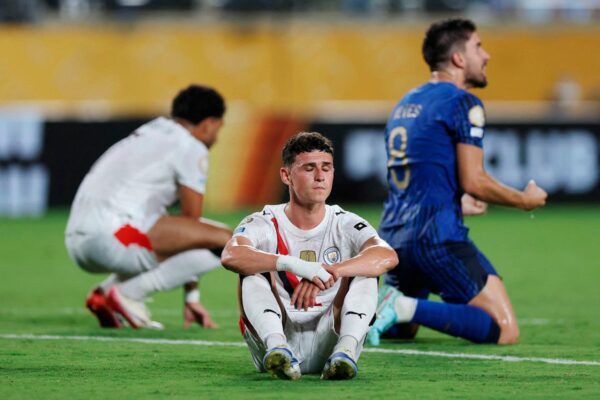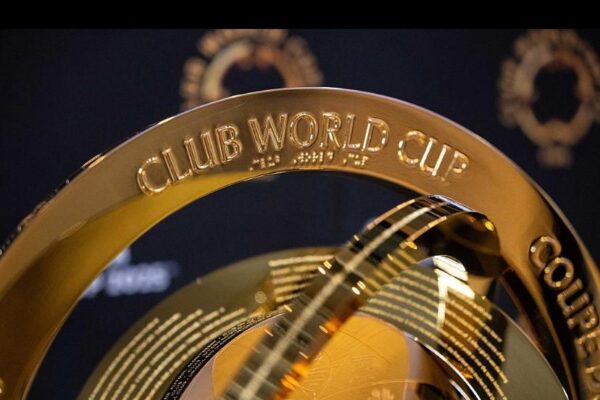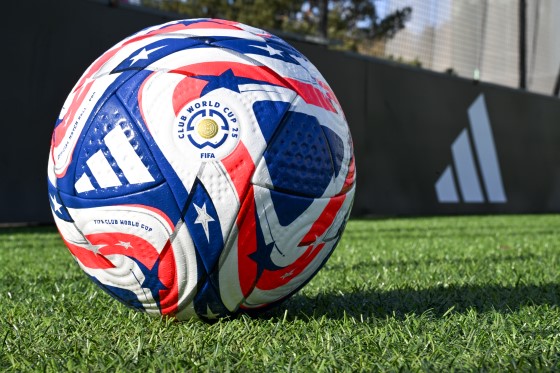
Chelsea Stuns PSG to Win FIFA Club World Cup
Cole Palmer rang up two goals and one assist in a sensational first half and Chelsea toppled Paris Saint-Germain 3-0 to win the FIFA Club World Cup on Sunday. Palmer scored in the 22nd and 30th minutes and Joao Pedro tacked on the third goal right before halftime, capitalizing on Palmer’s fine touch into the box. Robert Sanchez, meanwhile, saved six shots in his best showing of the tournament. Chelsea, who won the 2021 Club World Cup that featured only eight teams, battled past Portugal’s Benfica and Brazilian sides Palmeiras and Fluminense in the knockouts to face Paris Saint-Germain — six weeks removed from their first UEFA Champions League trophy. PSG’s Gianluigi Donnarumma made two saves on five shots on goal. The European champions had allowed just one goal in their first six matches of the Cup. The frustrated Parisians went down to 10 men in the 85th minute when Joao Neves pulled Chelsea defender Marc Cucurella by the hair, was caught on video review and shown red. Altercations spilled past the final whistle, and PSG coach Luis Enrique appeared to grab at Pedro’s neck while he and Donnarumma confronted Chelsea players. Cucurella made a crucial stop to keep the game scoreless in the 16th minute. Fabian Ruiz made a great pass across the box to Desire Doue, who could have shot it but instead tried a centering pass to a teammate that Cucurella intercepted. Six minutes later, Palmer — whose first attempt barely missed wide left in the eighth — got the scoring started. Malo Gusto picked up a wayward header from PSG’s Nuno Mendes and ran into the box. After a fancy dribble to create space, his shot was blocked right back to his feet, so he fed Palmer for a left-footer to the bottom left corner. Levi Colwill earned the assist on the second goal for his long ball downfield to Palmer. From there, Palmer calmly dribbled toward the center of the 18-yard line and fired the same low, left-footer for an identical goal. In the 43rd, Palmer tapped a pass between two defenders for Pedro, who popped his shot over a sprawling Donnarumma’s right shoulder. Sanchez dove to meet Neves’ stoppage-time header just before the goal line. His heroics continued in the second half, as he swatted away a shot by Ousmane Dembele from close range.







